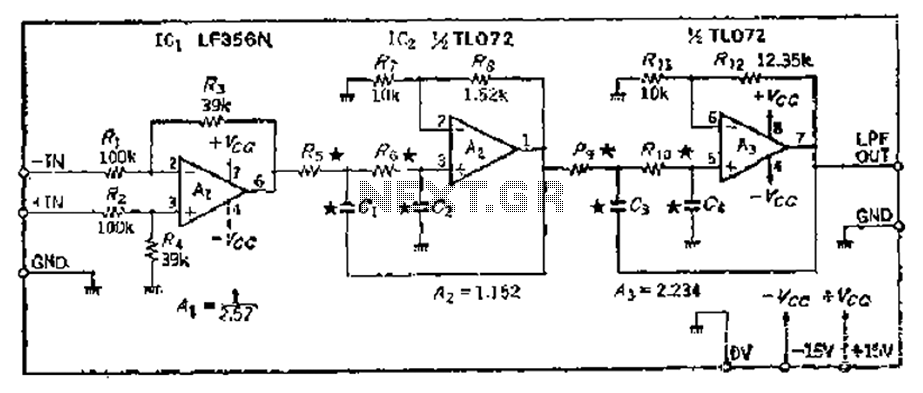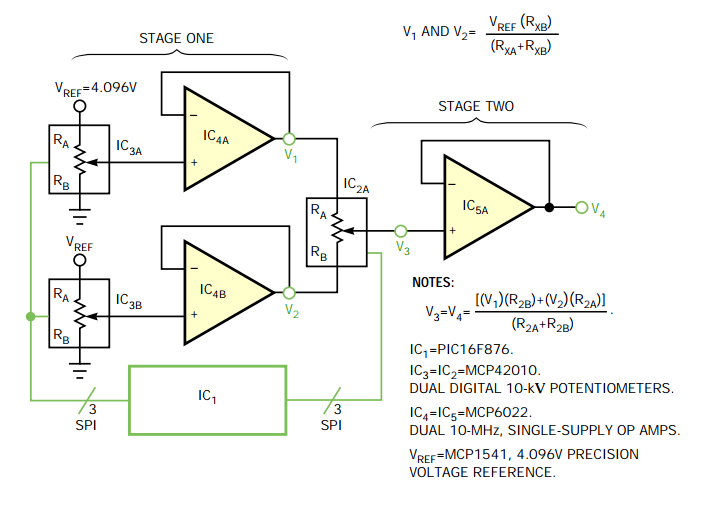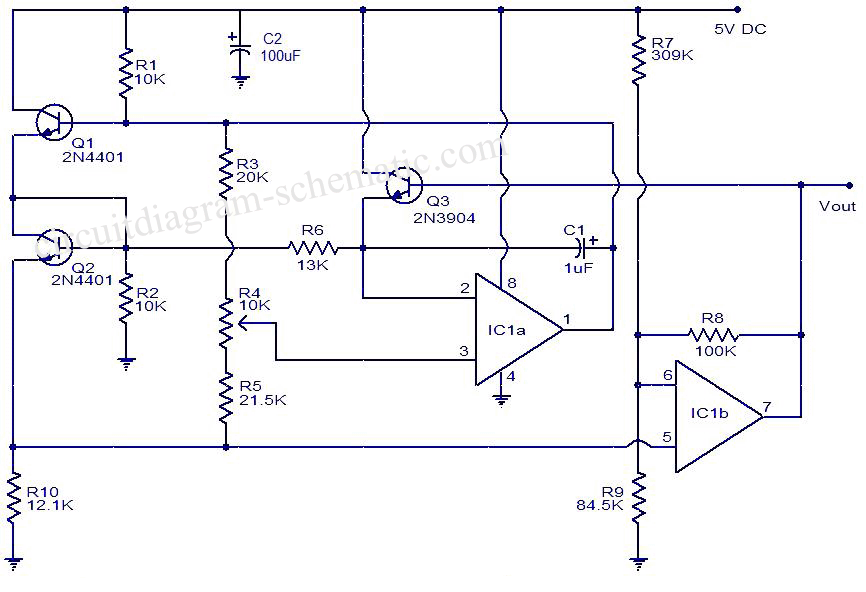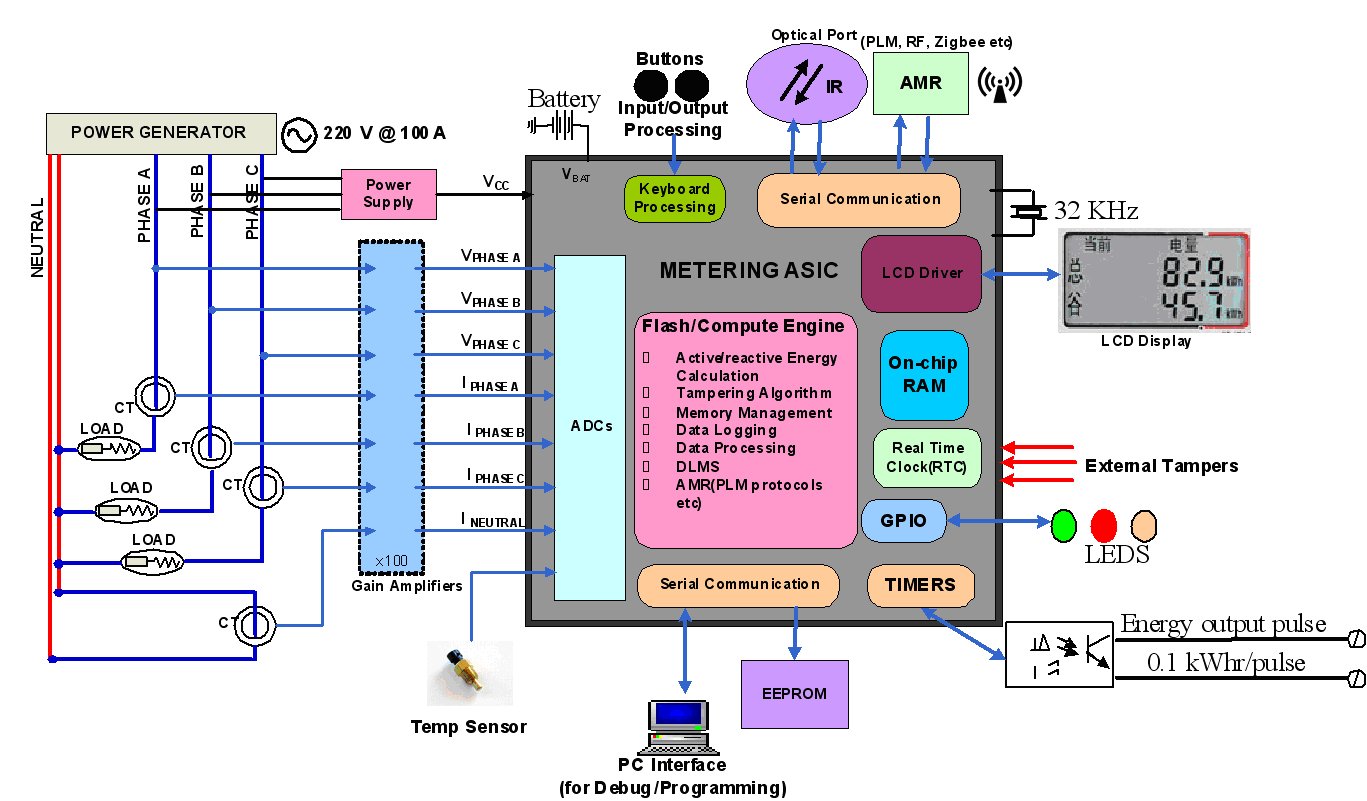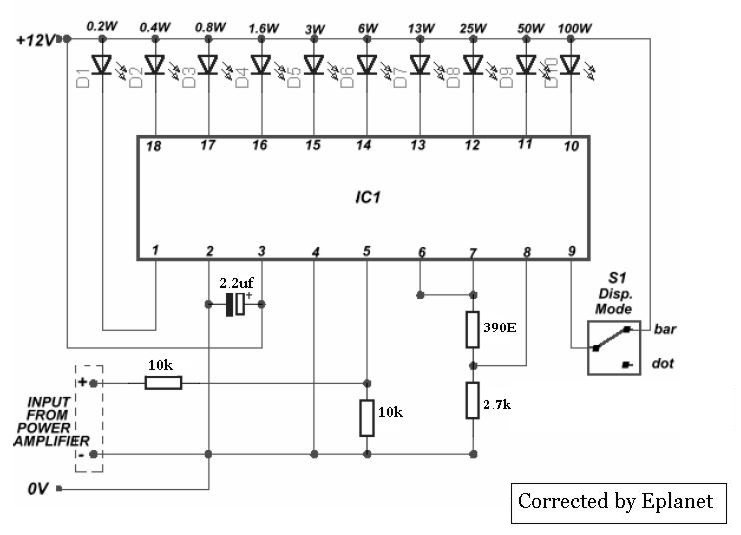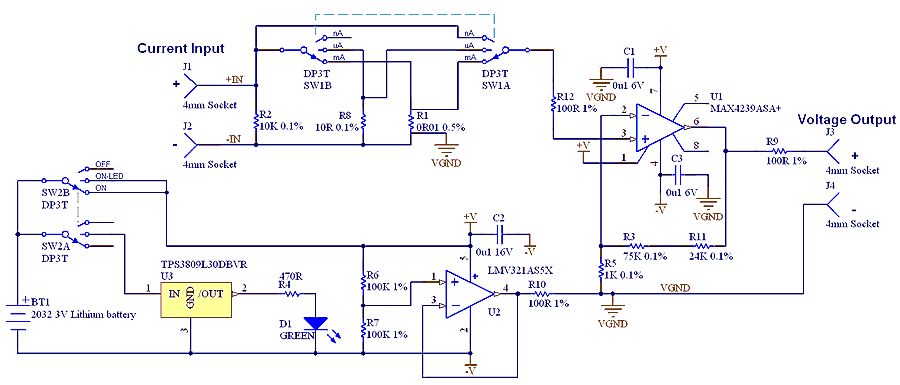
Peak-Reading VU Meters
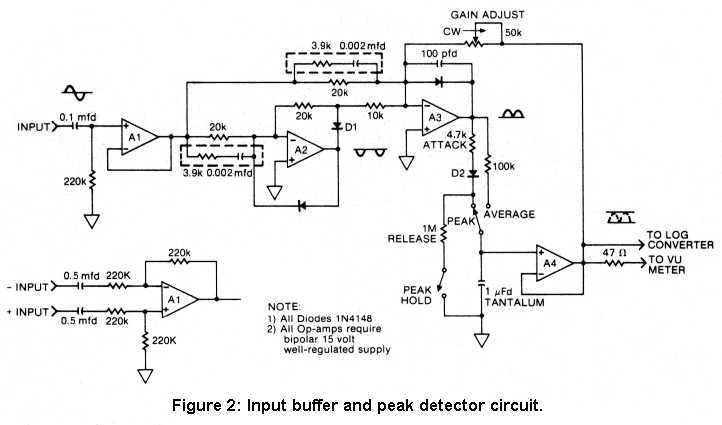
Peak reading meters, popular in Europe for years, are just now coming into greater favor in America, and for good reason. The main purpose for having a VU meter is obviously to monitor signal levels going to a tape recorder, reverb unit, or some other level-sensitive device, to help optimize the signal to noise ratio of the audio sent to the device. More: You may be thinking that since VU stands for Volume Units, the real purpose of a VU meter is to indicate how loud something sounds. I won't dispute that, but to really do the job correctly, you would first need to measure the true RMS level of the pr.
Peak reading meters, particularly VU (Volume Unit) meters, serve a critical function in audio signal processing by providing visual feedback on audio levels. These meters are essential tools in various audio applications, including recording, mixing, and live sound reinforcement. The primary function of a VU meter is to monitor the signal levels that are being routed to devices such as tape recorders, reverb units, and other level-sensitive equipment. By doing so, they help ensure that the audio signals are optimized for the best possible signal-to-noise ratio, thereby enhancing the overall audio quality.
In practice, a VU meter operates by measuring the average power of an audio signal over time, which correlates well with the perceived loudness of the sound. This is particularly important in environments where dynamic range is significant, as it allows engineers to make informed adjustments to levels, ensuring that the audio does not distort or clip while being recorded or processed.
To accurately reflect the audio signal, a VU meter typically employs a needle or a digital display that responds to the incoming signal's voltage level. The design may include a calibration scale that translates voltage levels into volume units, allowing users to interpret the readings easily. The meter's response time is also crucial; it must be fast enough to capture transient peaks without being overly sensitive to short bursts of sound, which could result in misleading readings.
In conclusion, the integration of VU meters into audio systems is a vital practice for audio professionals. Their ability to provide accurate and real-time monitoring of audio levels contributes significantly to the production of high-quality sound recordings and live performances.Peak reading meters, popular in Europe for years, are just now coming into greater favor in America, and for good reason. The main purpose for having a VU meter is obviously to monitor signal levels going to a tape recorder, reverb unit, or some other level-sensitive device, to help optimize the signal to noise ratio of the audio sent to the device.
You may be thinking that since VU stands for Volume Units, the real purpose of a VU meter is to indicate how loud something sounds. I won`t dispute that, but to really do the job correctly, you would first need to measure the true RMS level of the pr
🔗 External reference
Peak reading meters, particularly VU (Volume Unit) meters, serve a critical function in audio signal processing by providing visual feedback on audio levels. These meters are essential tools in various audio applications, including recording, mixing, and live sound reinforcement. The primary function of a VU meter is to monitor the signal levels that are being routed to devices such as tape recorders, reverb units, and other level-sensitive equipment. By doing so, they help ensure that the audio signals are optimized for the best possible signal-to-noise ratio, thereby enhancing the overall audio quality.
In practice, a VU meter operates by measuring the average power of an audio signal over time, which correlates well with the perceived loudness of the sound. This is particularly important in environments where dynamic range is significant, as it allows engineers to make informed adjustments to levels, ensuring that the audio does not distort or clip while being recorded or processed.
To accurately reflect the audio signal, a VU meter typically employs a needle or a digital display that responds to the incoming signal's voltage level. The design may include a calibration scale that translates voltage levels into volume units, allowing users to interpret the readings easily. The meter's response time is also crucial; it must be fast enough to capture transient peaks without being overly sensitive to short bursts of sound, which could result in misleading readings.
In conclusion, the integration of VU meters into audio systems is a vital practice for audio professionals. Their ability to provide accurate and real-time monitoring of audio levels contributes significantly to the production of high-quality sound recordings and live performances.Peak reading meters, popular in Europe for years, are just now coming into greater favor in America, and for good reason. The main purpose for having a VU meter is obviously to monitor signal levels going to a tape recorder, reverb unit, or some other level-sensitive device, to help optimize the signal to noise ratio of the audio sent to the device.
You may be thinking that since VU stands for Volume Units, the real purpose of a VU meter is to indicate how loud something sounds. I won`t dispute that, but to really do the job correctly, you would first need to measure the true RMS level of the pr
🔗 External reference
Warning: include(partials/cookie-banner.php): Failed to open stream: Permission denied in /var/www/html/nextgr/view-circuit.php on line 713
Warning: include(): Failed opening 'partials/cookie-banner.php' for inclusion (include_path='.:/usr/share/php') in /var/www/html/nextgr/view-circuit.php on line 713
